Car Design News takes a closer look at the new design studio where VR takes centre stage
Earlier this month Bugatti revealed its new design studio in Berlin, an industrial unit sporting bare brick, wrought-iron and tall ceilings across an open-plan layout that aims to foster inspiration and collaboration.
With the battle for talent ongoing, the building itself had to be appealing and Bugatti has openly spoken about the need to “exude charisma” and sweeten the deal for potential hires. As things stand, the studio houses roughly 25 people, but it is unclear how many of those are designers specifically.
Given the building’s listed status, careful renovations took around six months, starting late in the summer of 2024. Originally built in the 1920s as a power station and later taken over as a nightclub in the 90s, the building itself offers 1,100 square-metres of space and sits in what is described as “a starkly beautiful industrial building that has stood proudly throughout the test of time.” A metaphor for the brand itself, perhaps.
“A vehicle so complex, precious and unique, can only be curated by a group of people with equally individual skill sets, in an environment crafted to nurture that skill,” says design boss Frank Heyl. “That is what the new Bugatti Design Studio, located in the heart of this thriving metropolis of Berlin, represents.”
In what we suspect might be a slightly contentious move, the company has confirmed to CDN that “Bugatti no longer uses clay modelling” and as such this new studio will not support such processes. Instead, the design team ”creates models in the virtual space, where they are reviewed using VR glasses.” It echoes broader trends elsewhere in the industry where VR is no longer supplementary but foundational.
Full-size hard models remain, though, and are milled and reviewed at various stages of development in multiple loops. “This process enables Bugatti to design models in a much shorter time and also implement adjustments much more quickly,” a spokesperson told CDN, “making it a more efficient process overall.” It is a move that reflects broader shifts in the industry, arguably led by fast-paced Chinese brands looking to make their mark quickly and usurp legacy brands. It is interesting to see Bugatti, up there as one of the legacy brands, adopting a similar strategy.
The team is starting fresh with this new outpost in Berlin and no element of the current vehicle line-up began life here. The most recent project, the incredible Tourbillon, was developed while the design team was housed in a temporary design studio in Berlin. We will have to wait to see what comes next.

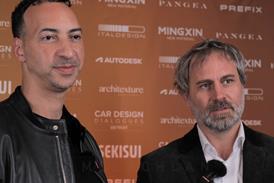
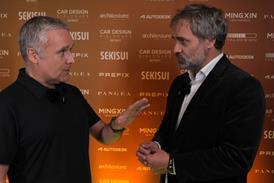
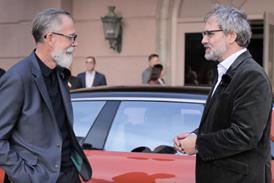
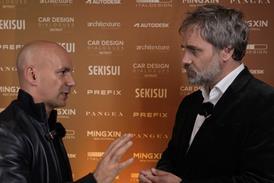
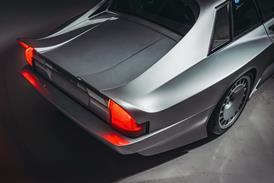

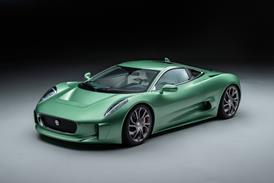
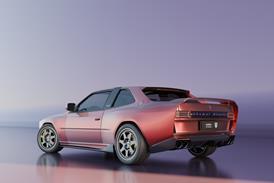

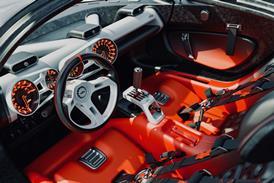



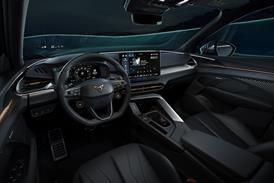
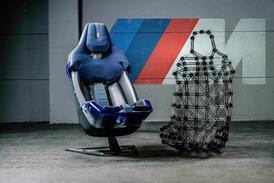

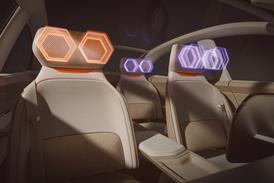
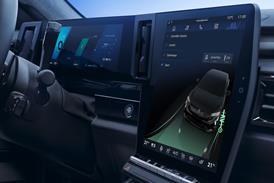
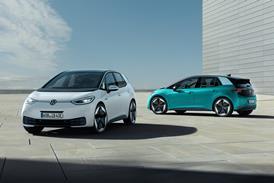
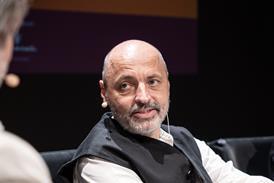
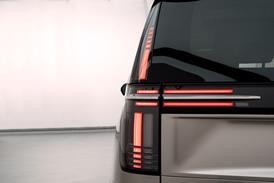
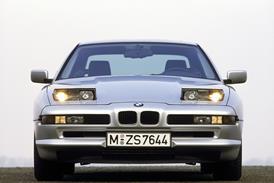
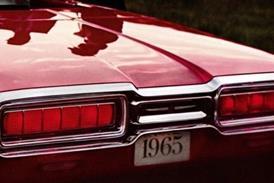
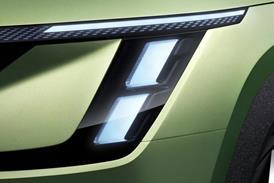




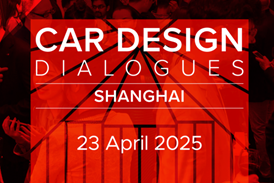
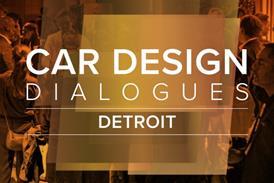
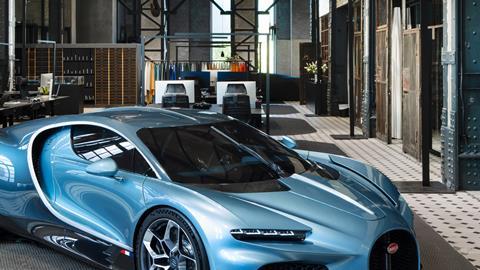
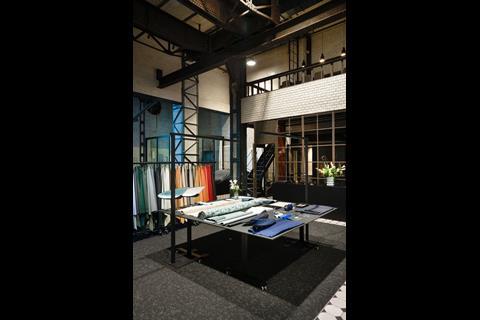
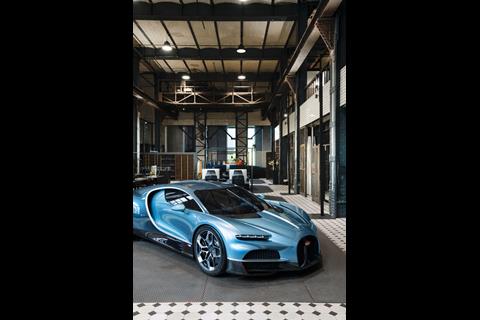

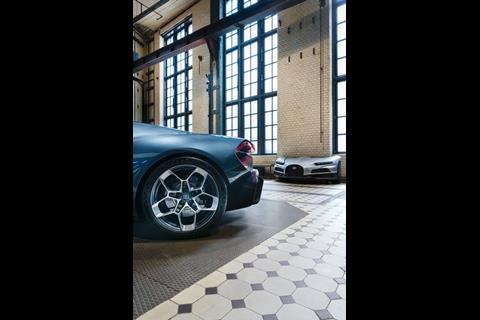

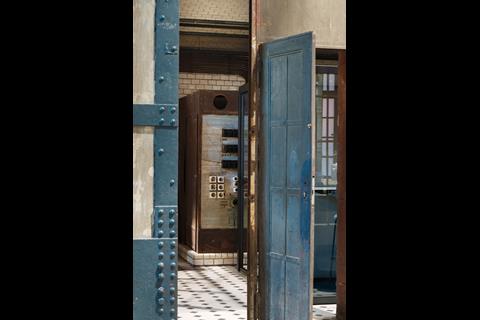
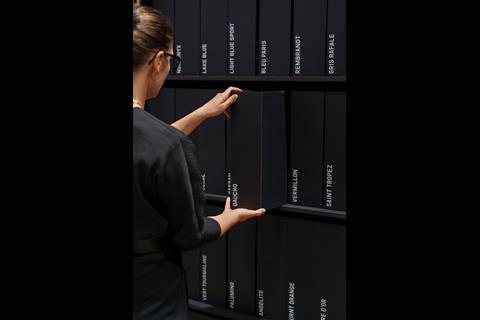
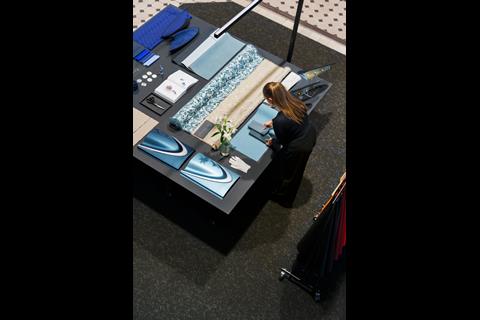
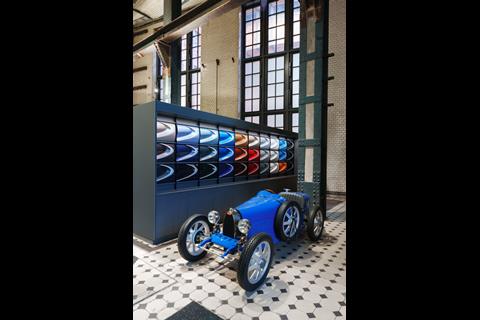
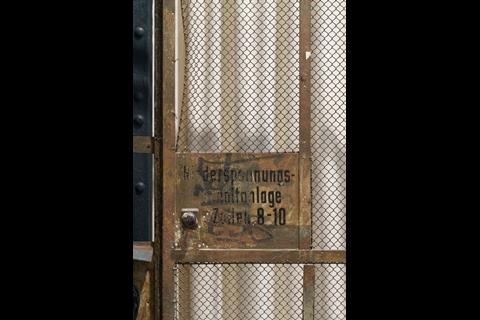
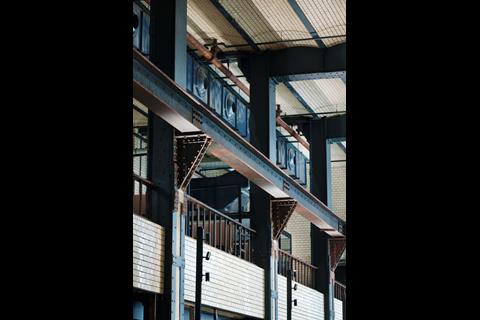

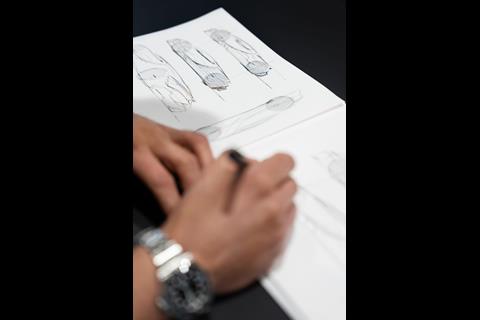
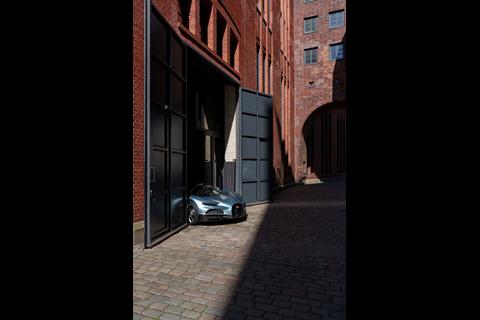
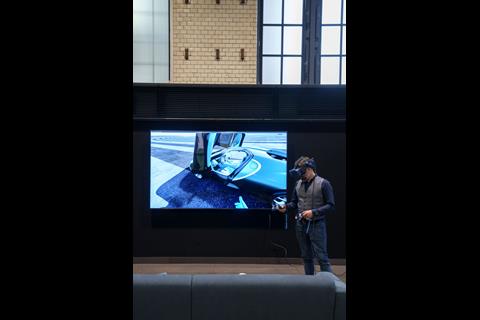
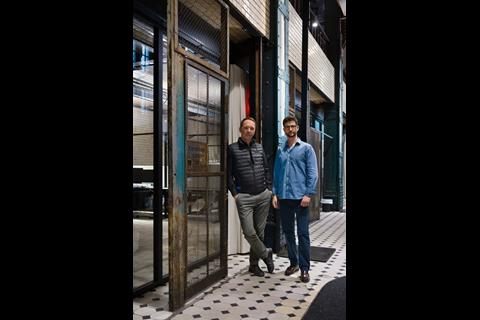
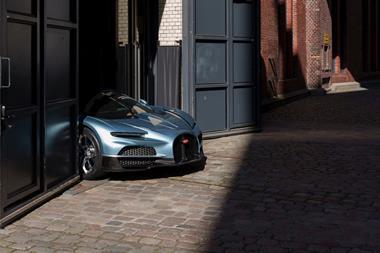
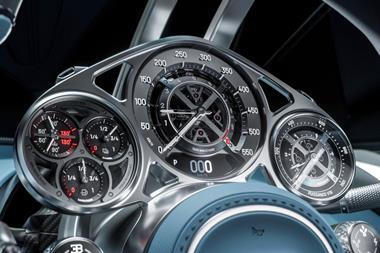
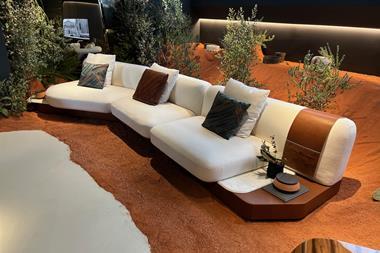

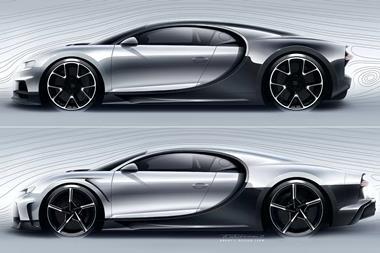



No comments yet